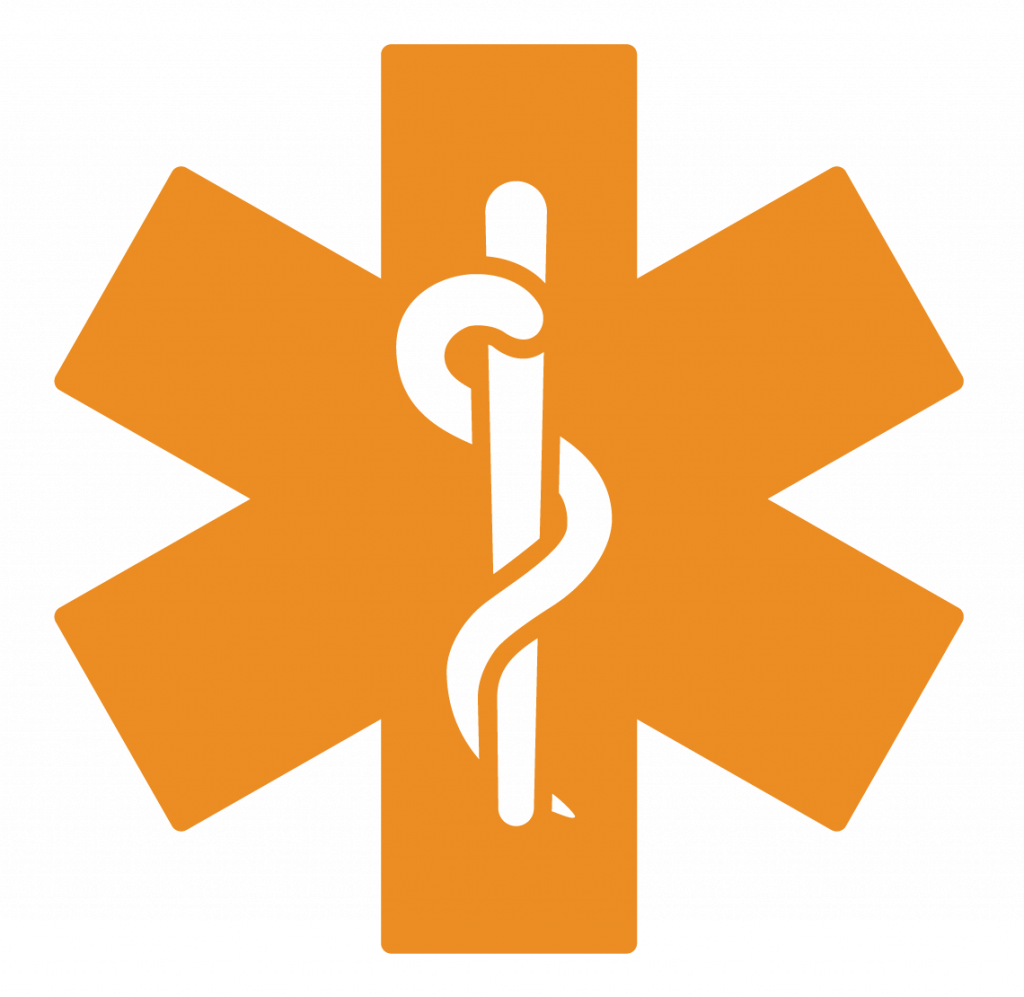To Buy Ventolin inhaler Online Visit Our Pharmacy ↓
 Spacer Devices: Improve Ventolin Delivery for Children
Spacer Devices: Improve Ventolin Delivery for Children
Choosing the Right Spacer Size for Kids 🧒
Parents often face a small but important choice: matching a spacer to a child's size and breathing pattern. Consider age, face shape, and coordination when selecting one that will help delivery be consistent every time.
Toddlers need masks that seal gently over the nose and mouth, while older kids benefit from mouthpiece spacers that teach independent use. Size affects dead space and the dose a child actually inhales each time.
Match spacer volume to lung capacity; larger chambers can trap medicine if a child can't coordinate breaths. Check compatibility with the inhaler brand, and ask your clinician for measured recommendations based on growth Acommodate too.
Teh best approach is to let kids try different spacers in the clinic, noting comfort, ease of sealing and portability. Practice sessions build confidence and make regular use part of family routine everyday and enjoyable.
Proper Assembly and Cleaning to Ensure Efficiency 🧼

I remember fumbling with the spacer pieces when my daughter needed a puff; simple habits turned stress into routine. Label parts, follow the leaflet, and practice assembling slowly until confidence grows and small hands learn.
Attach the mouthpiece firmly and check valves for movement; a loose seal wastes medicine. Use the mask for toddlers, fitting it gently over the nose and mouth. Store the ventolin inhaler in a dry place.
Clean the spacer weekly or after any sick contact; detach pieces and rinse with warm water, avoiding harsh detergents that leave residue. Air dry before reassembly. Teh proper routine reduces blockage and keeps doses consistent.
Inspect seals and tubing monthly for cracks or discoloration, and test valves for stickiness. Replace any cloudy or brittle parts. Regular maintenence prevents wasted puffs, and helps caregivers trust that each breath delivers relief reliably.
Correct Mask Fit and Seal for Toddlers 👶
A sleepy toddler clings to a stuffed bear while a parent gently positions the soft mask over tiny cheeks, imagining each breath carrying relief. Parents feel more reassured.
Ensure the mask covers nose and mouth fully; a small gap leaks medicine and reduces dose to the lungs.
Press the rim lightly for a snug, comfortable seal, watching for crying or movement that breaks contact. Occassionally check the seal.
Use ventolin inhaler slowly, giving one puff at a time and encouraging slow breaths; practise with play, and replace masks when worn.
Timing Inhalation with Puff for Maximum Delivery ⏱️

Teh scene is familiar: a restless child, a shiny ventolin inhaler and a spacer. Calm demonstration helps — show one slow puff, then inhale slowly and deeply so the medicine moves from spacer into lungs. For toddlers using a mask, have them take 5 tidal breaths with a good seal; older kids should try a single slow inhalation followed by a 5 to 10 second breath hold.
Count aloud and praise; wait 30 seconds between puffs and repeat if the prescription calls for it. If coughing or wheeze persists, reassess technique and spacer fit before more doses. Practicing with play builds confidence and makes treatments calmer and more effective. Caregivers should model slow, steady breaths each time.
Recognizing Spacer Maintenance and Replacement Signs 🔧
Parents learn to spot wear early by checking the spacer for cracks, cloudiness, sticky residue or a weak valve. A dingy or scratched chamber scatters medicine, lowering the dose a child actually inhales from a ventolin inhaler. Test seals and masks for flexibility and replace parts that dont sit snugly; leaks and warped pieces are a common cause of poor control and extra rescue doses.
Follow manufacturer timelines and your clinician's advice on maintenence: many spacers need replacing after a year or when signs of damage occur. Keep a simple log and inspect before travel or illness, and dont attempt repairs that may void fit or function. If breathing symptoms rise despite correct technique, consider spacer replacement as part of troubleshooting — a fresh, well-suited device can be the difference between repeated wheeze and better days and clearer, calmer breathing.
Teaching Kids Techniques to Reduce Anxiety 🤝
At the clinic, a small hand clenches a spacer and a parent breathes with gentle guidance; turning an intimidating routine into a brave ritual helps children feel in control. Explain each step simply, show the spacer without the inhaler first, and let them play with it to build comfort and familiarity.
Use slow games like blowing bubbles or pretending to blow out candles to teach steady inhalation timing. Praise attempts and use a timer or a song for the five slow breaths many protocols suggest; visuals make teh process less abstract and more manageable for young minds.
Involve caregivers and healthcare staff in role-play so the child sees others calm and confident. Emphasize routine practice, positive reinforcement, and deep breathing exercises before using the spacer to lower anxiety. If fear persists, seek an asthma nurse or psychologist for tailored support.NHS - SalbutamolMayo Clinic - Albuterol












